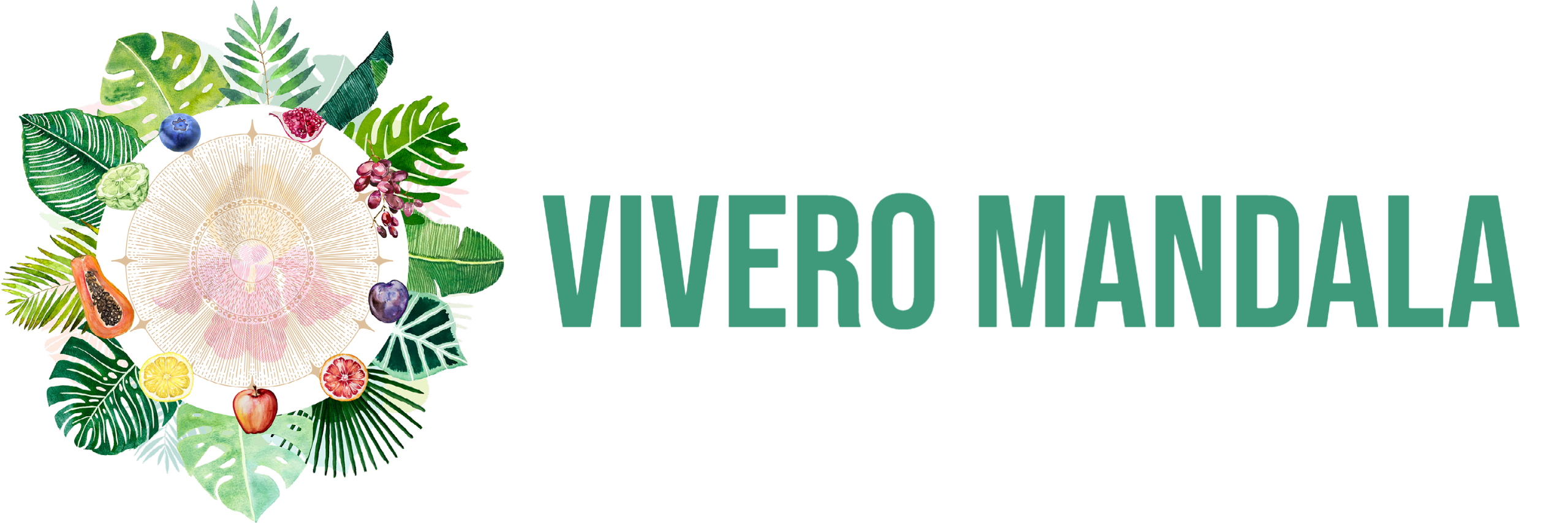Description
Origin
The stevia plant originally hails from the South American countries of Paraguay and Brazil, where it has been used by indigenous peoples for centuries as a sweetener and medicinal herb. In recent decades, it has gained popularity worldwide due to its natural sweetness and potential health benefits.
Growth, Appearance, and Characteristics
The plant is a perennial that can reach a height of up to 60 centimeters. With small, oval leaves arranged opposite each other and a bright green color, it produces small, inconspicuous white flowers arranged in spikes. The plant has a bushy growth habit and can be grown both in the garden and in pots on balconies or window sills.
Cultivation and Care
Stevia thrives best in warm, sunny locations with well-drained, humus-rich soil. Regular watering is important to keep the soil moist, avoiding waterlogging. Regular pruning promotes growth and branching. It can also be grown indoors as long as there is enough light.
Taste and Use
The leaves are exceptionally sweet due to containing natural sweeteners like stevioside and rebaudioside. These sweeteners have zero calories and do not affect blood sugar levels, making the plant suitable for diabetics. It can be used as a sugar substitute in tea, coffee, baked goods, and other foods. It is also used in the food industry to produce low-calorie or sugar-free products.
Harvest Time
The first leaves of the plant can be harvested about three to four months after planting, once it has grown sufficiently. Harvesting is typically done by cutting off the top shoot tips, ensuring enough leaves remain for the plant to continue growing. The main harvest time is often in late summer to fall when it is strongest.
Pollination
The plant is a self-pollinator, meaning it pollinates itself and does not require pollination by insects to form seeds. However, it does produce flowers that can attract bees and other pollinators. However, the flowers are often inconspicuous and do not have a significant role in reproduction.




